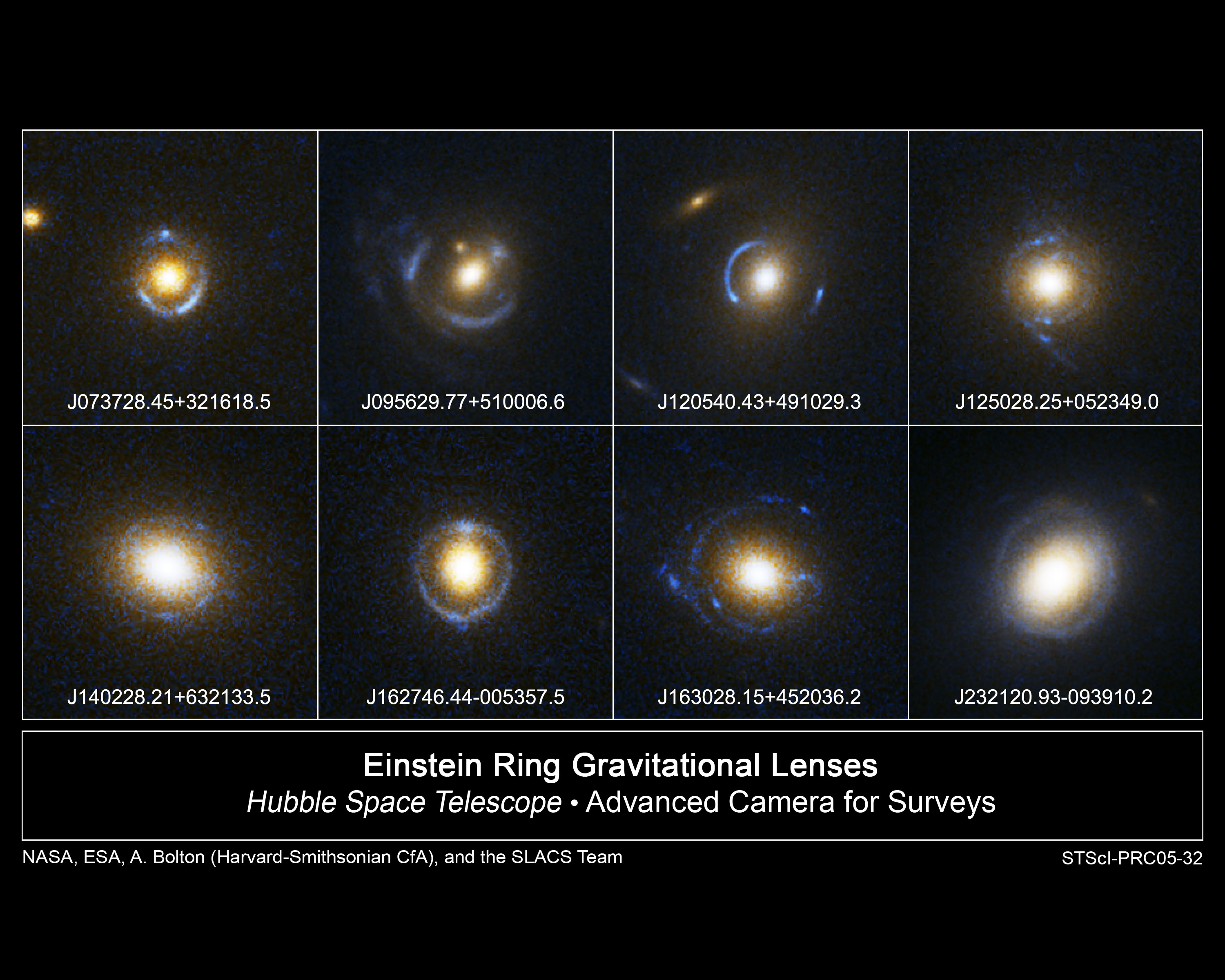Using gravitational lensing on Spacewarps.org YOU can see the curvature of spacetime by mass by the 300 billion galaxies that have been observed to date. YOUR task is to find galaxies (each have 100 billion stars to 1 Trillion stars) that have NOT yet been observed (because they are obscured by observed galaxies). The aim is to observe half million images in 48 hours (within 12 hours 3M had been observed.
Follow progress on Facebook, on Twitter and on Spacewarps blog. Talk to your peers on the forum.
See in the low centre left with the blue ring to its left, looks like a lens to meby Darth_Hydrogen
OMG you guys RT @chrislintott: We're at 2000 classifications per second people…keep it up! @bbcstargazing @spacewarps http://t.co/2tApe7cvIH
— Space Warps (@SpaceWarps) January 7, 2014
"Spacetime tells matter how to move; matter tells spacetime how to curve."John Archibald Wheeler
Space Warps Refine is live, at http://t.co/WgFvL8p2NE - Every image is interesting, but only 5% should contain lenses!
— Space Warps (@SpaceWarps) December 11, 2013
Spacewarps is a project of Zooniverse.
 |
| at 9am at 8th January 2014 (12 hours after programme televised) |
Spacwarps.org has 40,000 images taken by telescopes in Chile and Hawaii. By the curvature of space time, light from a distant galaxy is bent all the way around to produce an Einstein ring. The light has taken 7-10 billion years to reach us.
Introducing Prof (actually a 'Reader') Tim O Brien at Jodrell Bank who demonstrates an Einstein ring which is a special case of gravitational lensing (38m).
Lensing by a black hole. Animated simulation of gravitational lensing caused by a Schwarzschild black hole going past a background galaxy.
Chris Lintott from Sky at Night explains that physicists can weigh (estimate number of stars) of newly discovered galaxies behind the observed galaxy using gravitational lensing.
References (accessed 8 Jan 2014)
http://www.bbc.co.uk/iplayer/episode/b03pn6nl/Stargazing_LIVE_Series_4_Episode_1/ From 36m 20s to 41m 30s
http://www.bbc.co.uk/programmes/b03pn6nl






No comments:
Post a Comment